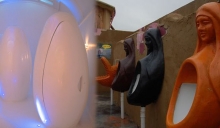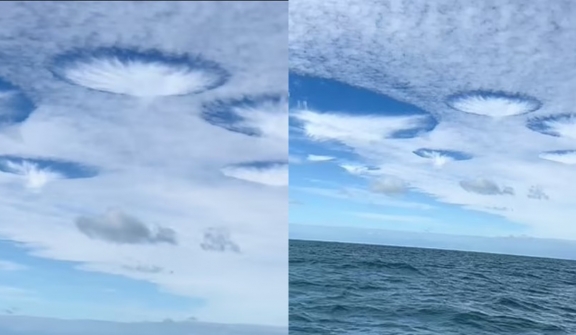
NASA's recent capture of "mysterious" holes in the clouds over Florida has raised curiosity and sparked discussions about potential links to UFO sightings.
These captivating cloud formations, called Cavum clouds, have garnered attention from both scientists and the general public.
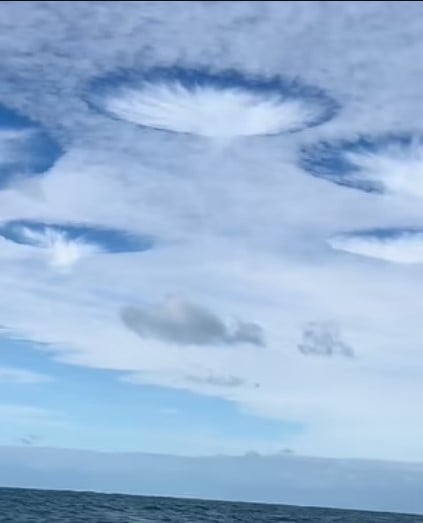
The images were taken by NASA's Terra satellite, revealing a chain of bizarre clouds resembling a giant floating jellyfish.
Some people have compared them to the UFO from the popular sci-fi horror film "Nope."
However, the true cause behind these unusual cloud formations is not extraterrestrial, but rather a well-known phenomenon related to airplanes.
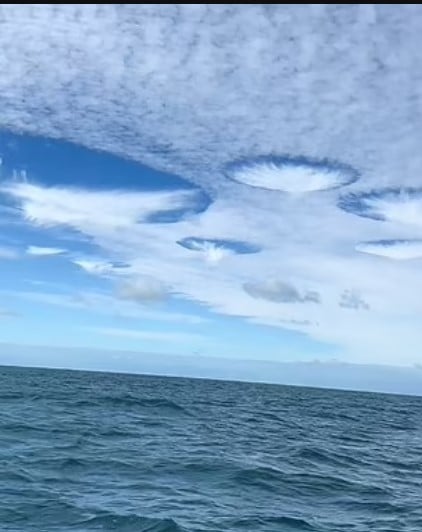
Scientists have discovered that Cavum clouds are formed when aircraft pass through altocumulus clouds, which are patchy banks of small clouds that typically form between 7,000 and 23,000 feet above the ground.
These middle-altitude clouds consist of supercooled water vapor, meaning the droplets have not frozen into ice despite the chilly temperature.
As an aircraft moves through these clouds, its wings or propellers cause changes in pressure and create vortices of turbulent air.
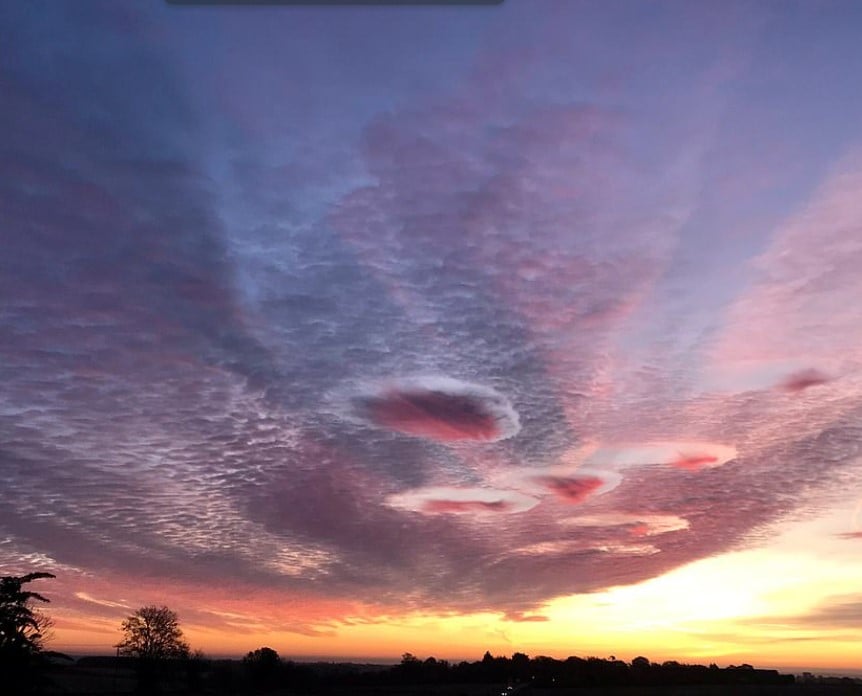
This process, known as "adiabatic expansion," disrupts the delicate conditions that keep the vapor in a liquid state.
Ice crystals begin to form and multiply, finally becoming heavy enough to fall out of the cloud layer, leaving behind the characteristic hole-punch effect.
Remarkably, the falling ice crystals often create wispy trails of precipitation called virga, which are visible in the center of the holes but never reach the ground.
This phenomenon occurs due to the evaporation of the ice crystals before they can fully descend.
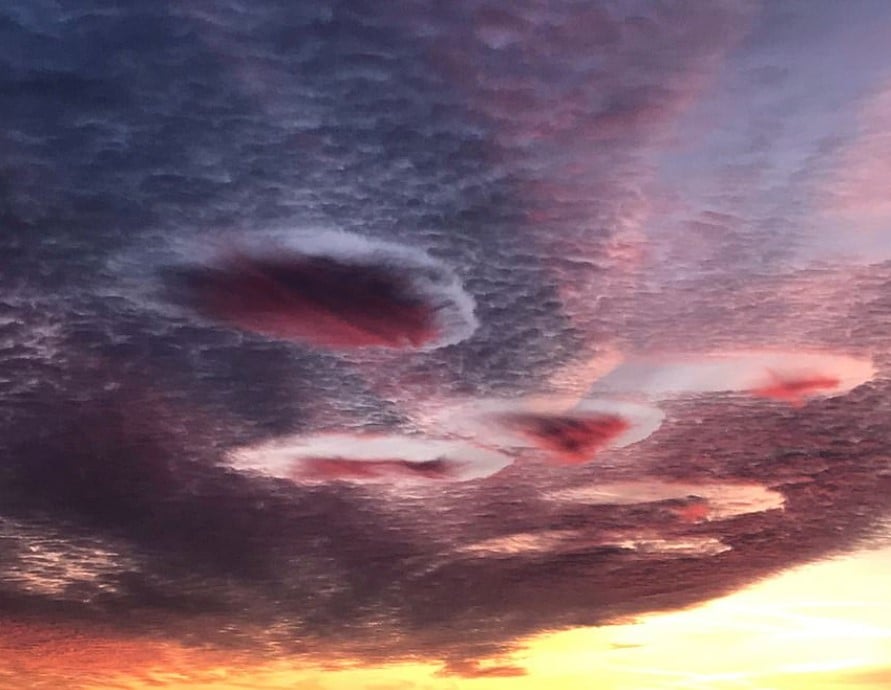
While the appearance of Cavum clouds may seem mysterious and rare, altocumulus clouds, in general, cover approximately 8 percent of Earth's surface at any given time.
Scientists have been able to unravel the atmospheric mechanisms behind these fascinating cloud formations, providing a scientific explanation for their occurrence.

The recent NASA images of the Cavum clouds over Florida have reignited public interest in UFO sightings and extraterrestrial phenomena.
Although these clouds are not evidence of alien activity, their eerie appearance and association with UFO reports continue to capture the imagination of both scientists and the general public.


